Tradition and New (Female) Faces: Meet the Future of Italian Wine
The 34th edition of the Italian Wine & Food Association’s Gala Italia, held at Il Gattopardo Restaurant on March 26th, introduced over one hundred journalists and members of the press to representatives from a variety of Italian wineries, representing the quality and innovation of the Italian wine industry.
In fact, this year, the more established wineries that traditionally participate in the event, such as Antinori, Ferrari, and Travaglini, were joined by more emerging ones. “We are in front of a wine such as Antinori, which has been existing for the past 600 years but we also have houses that were born two years ago.” commented Lucio Caputo, founder and president of the Italian Wine & Food Institute, a non-profit founded in 1970 to promote quality Italian wine. “There’s space for everyone.”
Of particular note was the presence amongst the representatives of young women such as Sonia Peratoner of Maso Grener, a small house founded by her family in 2013 in the region of Trentino Alto Adige, and Alessia Travaglini, who represented the fifth generation of the more established Travaglini house from the Gattinara area in Piemonte.
“I’m very proud to be part of this family and of this world” said ms. Travaglini “It’s a challenge for me to bring forward the tradition and passion of the house on one hand, but also to do so as a woman. It’s important to change the role of women in this industry.” In fact, until very recently, the wine industry was represented almost exclusively by men.
However, many agree that things are changing. Ms. Peratoner, who like ms. Travaglini is finishing her studies as she begins to work for her family’s business, remarked that she believes this is a good time “more women and young people are participating in the wine industry, particularly in sales and communication,” she noted.
Overall, the wine industry is undergoing great changes. For this reason, Italian wine producers who wish to sell to the United States have to keep focusing on quality while also paying attention to the trends and demands of the American market. This is essential in order for Italy to maintain and perhaps improve its standing as one of the main wine exporters to the US.
Italy is currently second, right below France, whose export numbers were heavily boosted by the increasing demand for rose’, a trend that Italian wine producers are beginning to tap into, as witnessed by the presence of several bottles of rose’ or “rosati” throughout the stands.
“Rose’ is having a huge success lately” Dr. Caputo commented “There seems to be an interest in wines that are easier to drink.”
“The consumers’ tastes, particularly regarding food, are influencing wine,” he continued, “we don’t eat like we used to. You can’t drink wines like Barolo or Brunello with salad.”
Judging by the event’s attendance, there certainly seems to be an interest in Italian wine from the part of the American audience. And the influx of younger generations, of women, and of new approaches and ideas could be exactly what the Italian wine industry needs in order to evolve and prosper both at home but especially abroad.
---
The Italian Wine & Food Institute, headquartered in New York, is a non-profit organization that was founded in 1983 for the enhancement of the image and prestige of Italian wines, gastronomy and food products in the United States.
To further this goal, the Institute organizes educational and promotional events, and carries out public relations activities to educate American consumers about the high quality of Italian wine and food.






























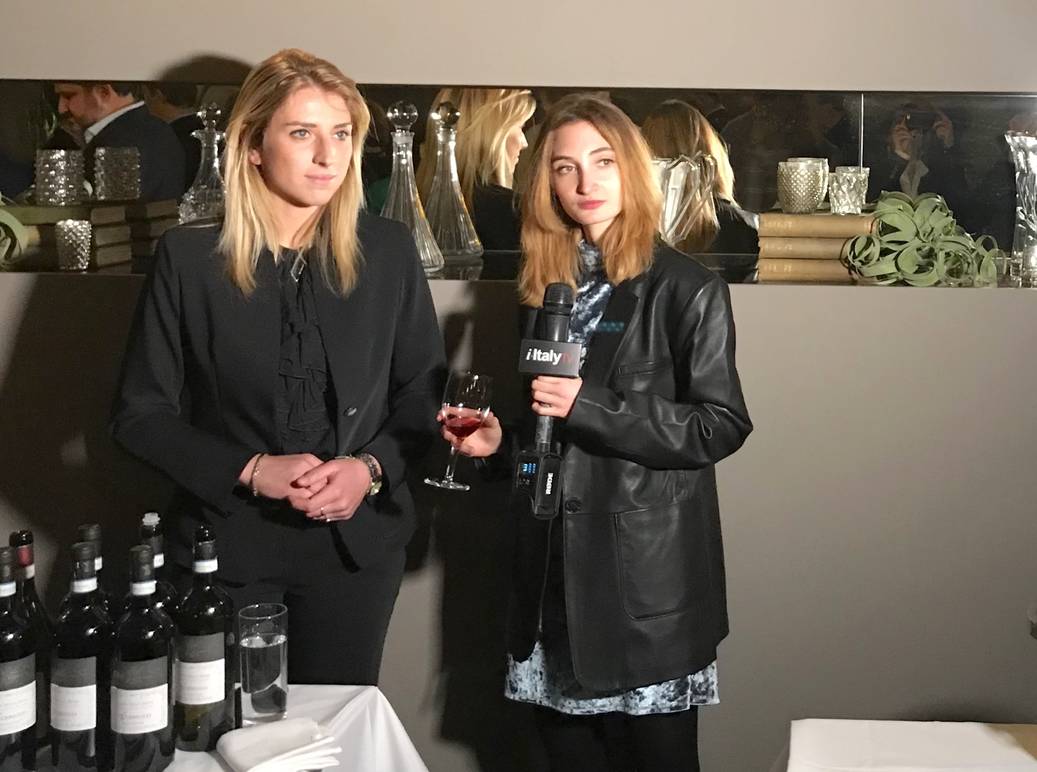
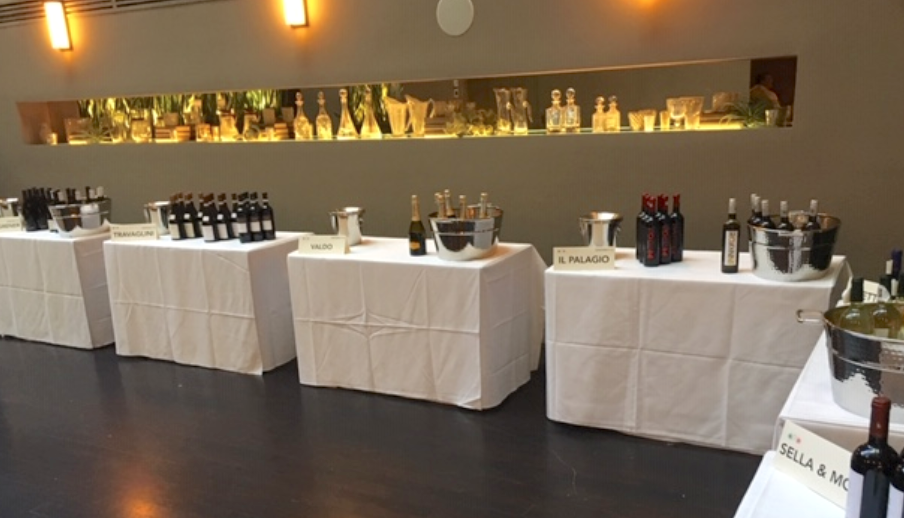
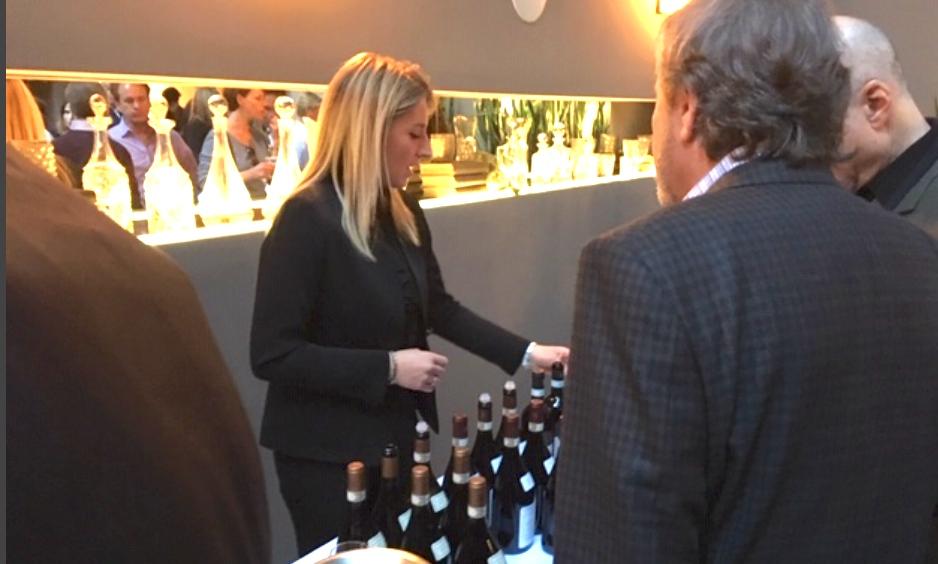
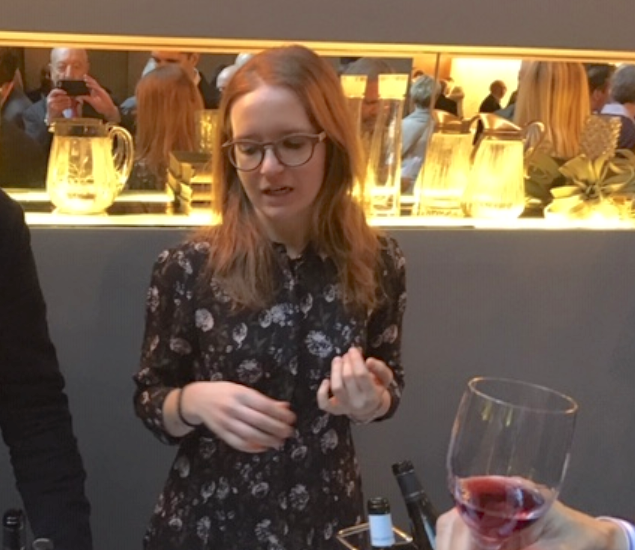
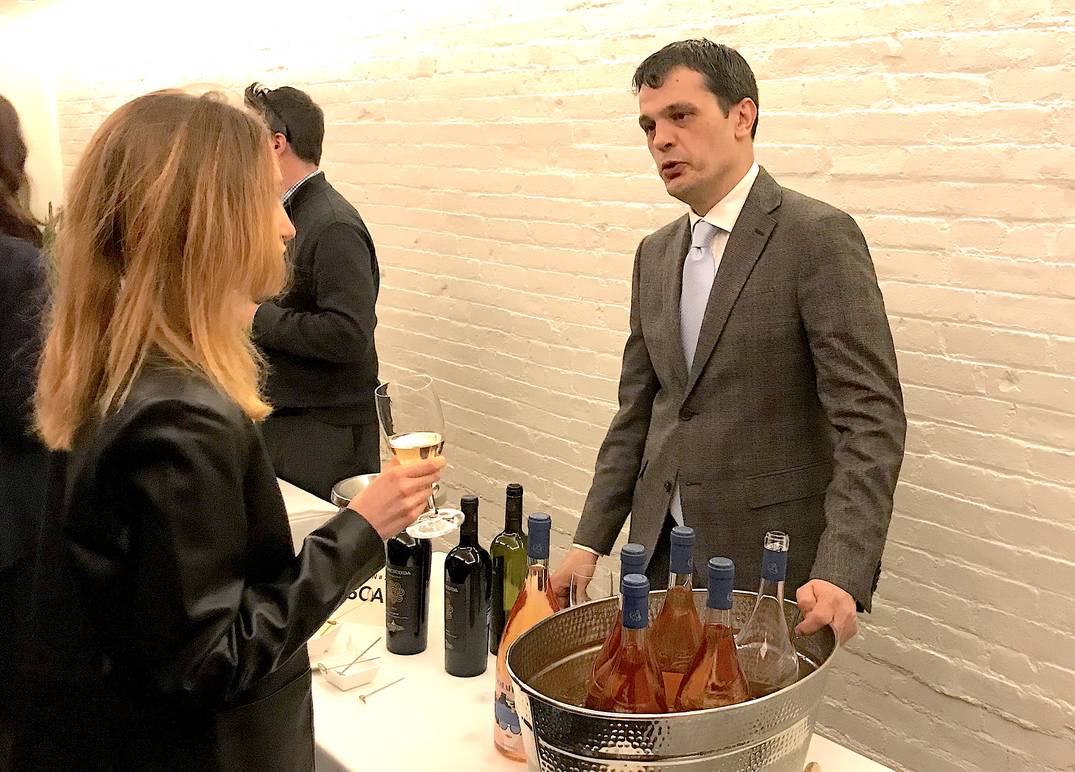
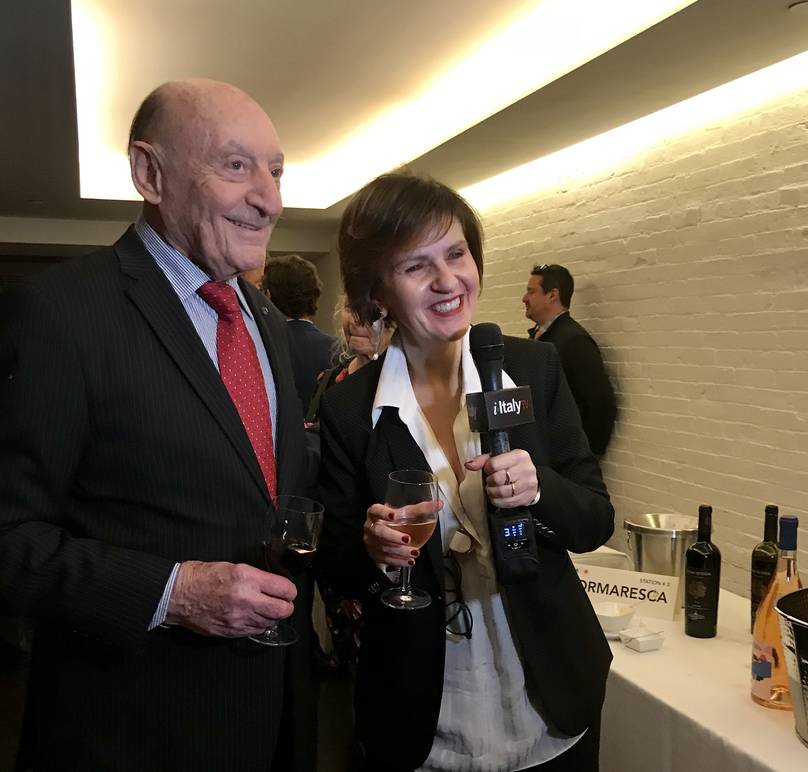



i-Italy
Facebook
Google+
This work may not be reproduced, in whole or in part, without prior written permission.
Questo lavoro non può essere riprodotto, in tutto o in parte, senza permesso scritto.